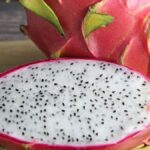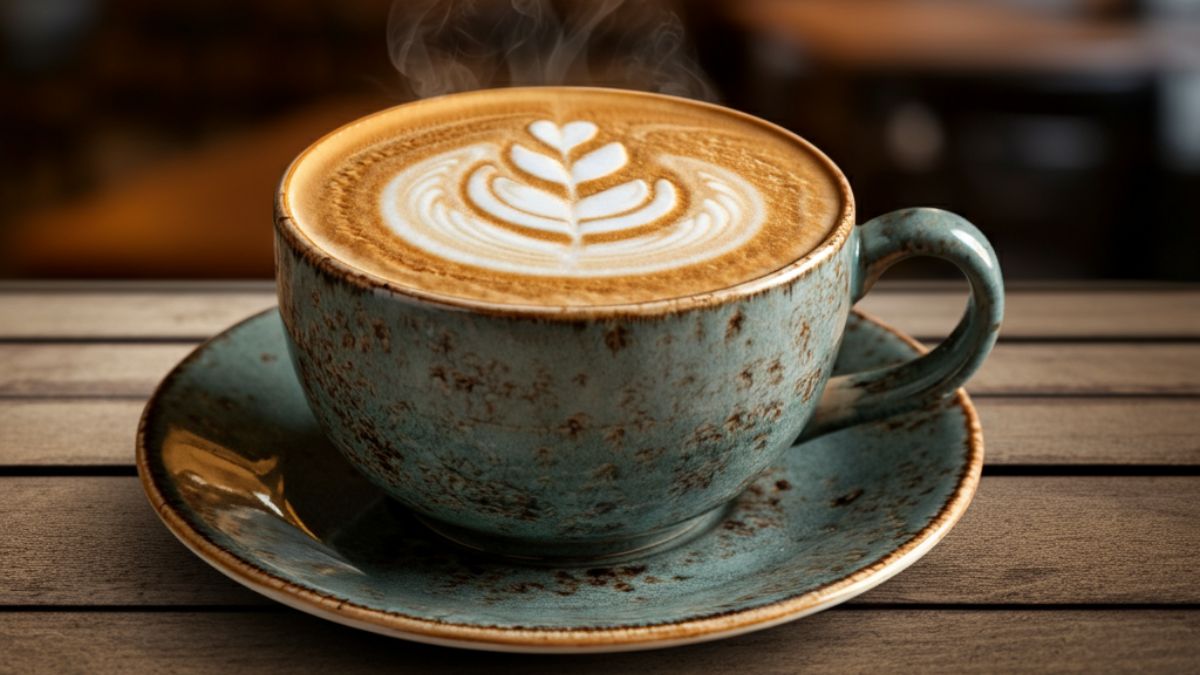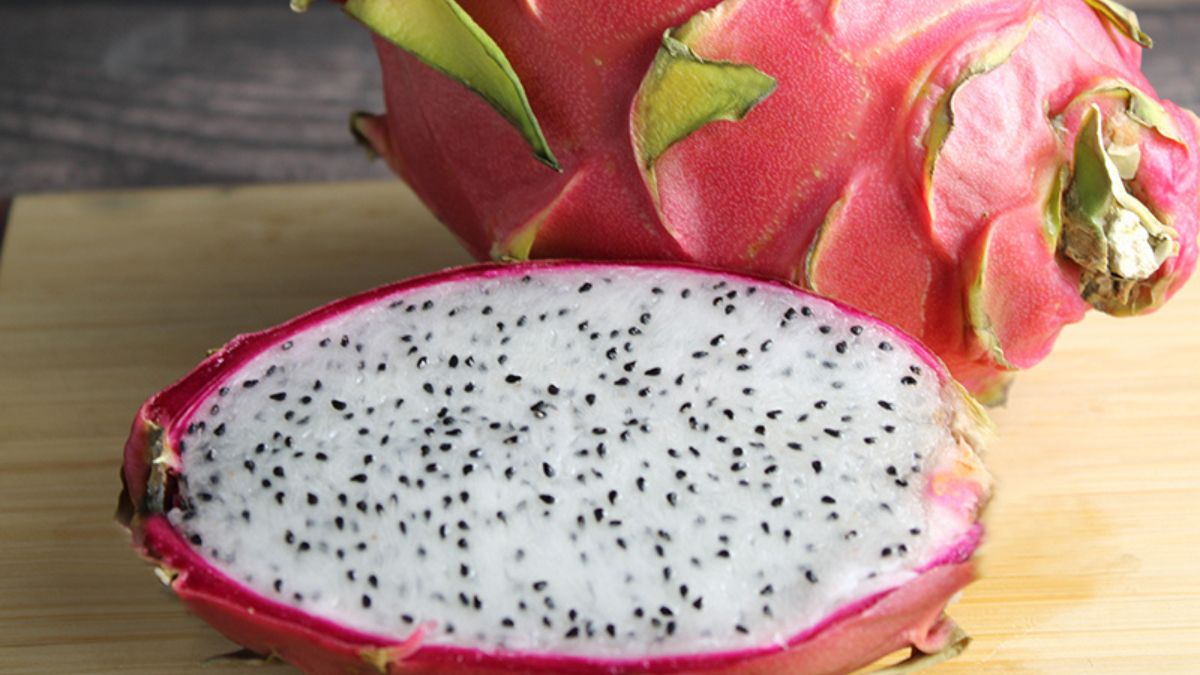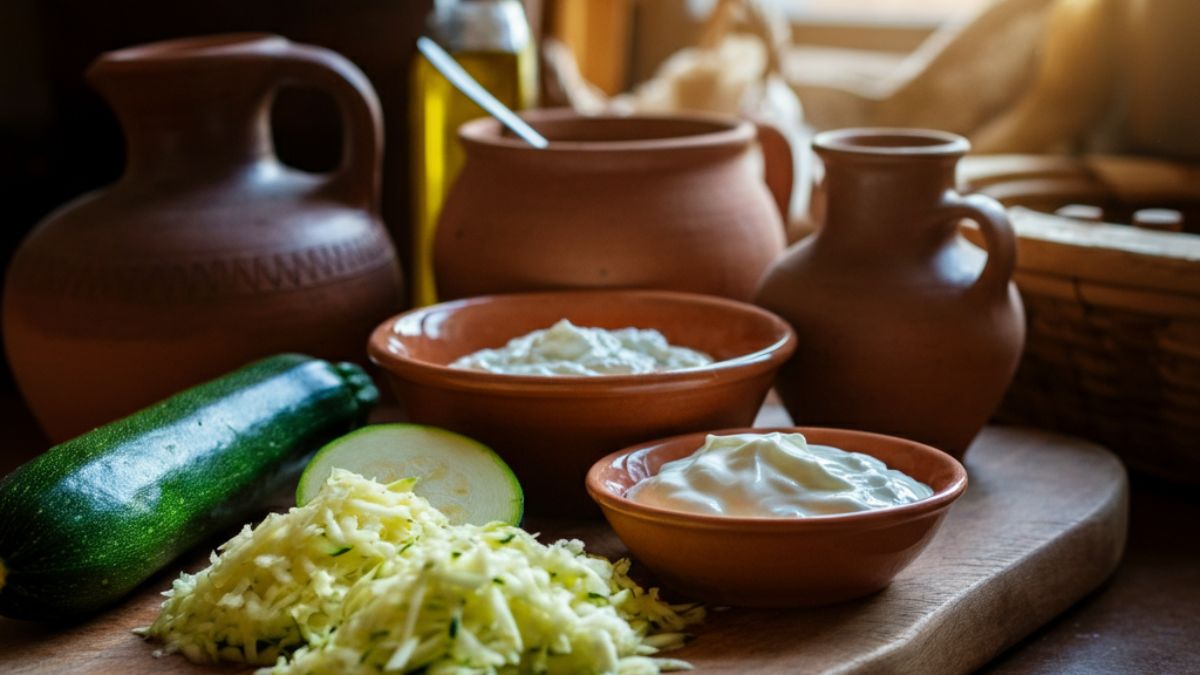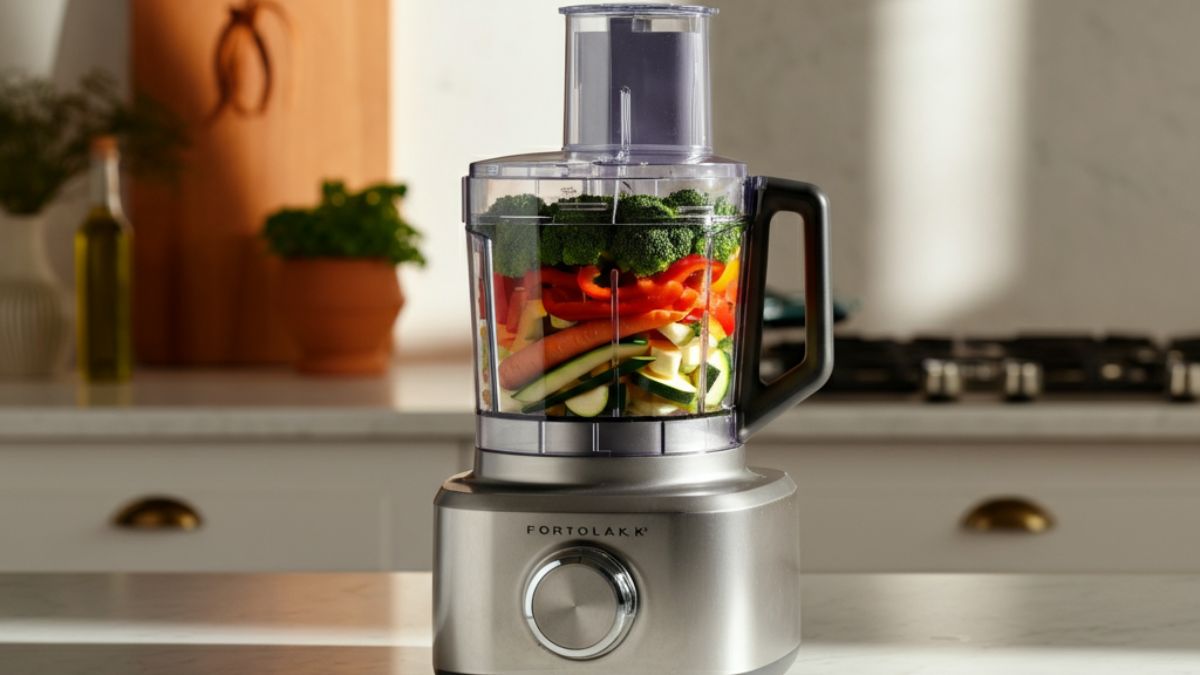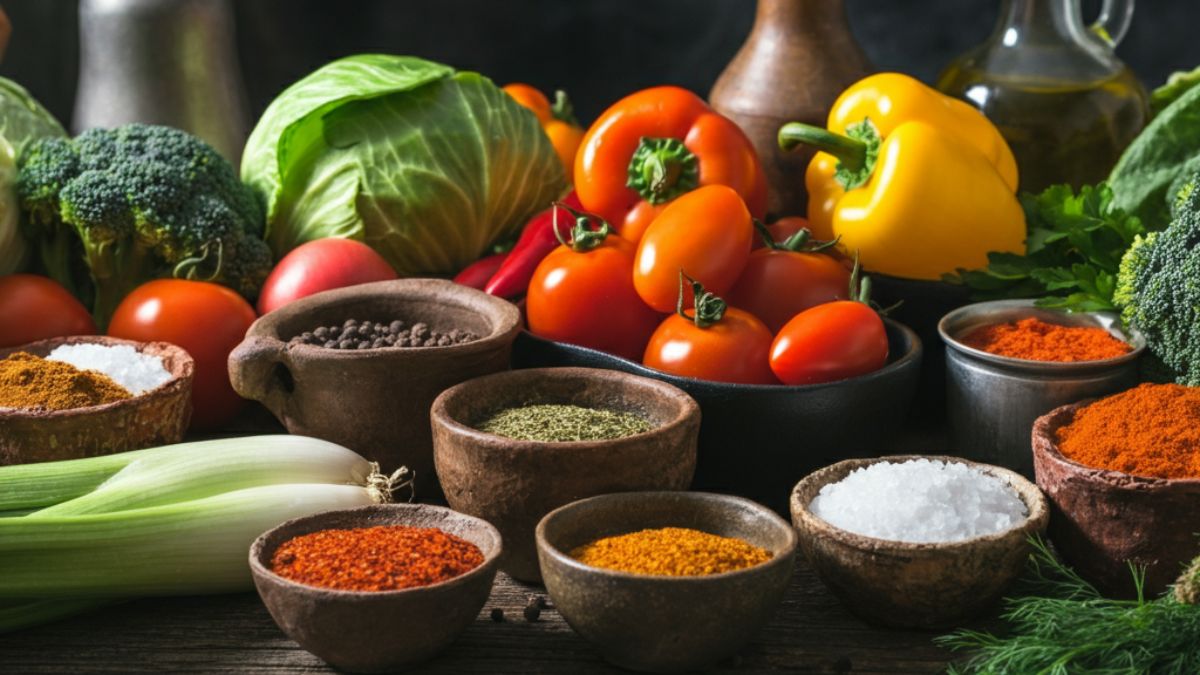Few beverages have captured the hearts of coffee lovers quite like the cappuccino. With its velvety foam, perfect balance of espresso and steamed milk, and a topping of finely sprinkled cocoa or cinnamon, the cappuccino has become a symbol of café culture worldwide. But how much do you really know about this beloved drink?
Whether you’re a seasoned coffee enthusiast looking to refine your at-home brewing skills or a novice simply wondering what sets a cappuccino apart from other coffee drinks, this guide has you covered. From its origins to how to craft the perfect cappuccino, keep reading to become a cappuccino connoisseur.
A Brief History of the Cappuccino
The cappuccino we sip today has a rich history dating back centuries. Its roots can be traced to 17th-century Europe, where early versions of milk-based coffee drinks emerged. The term “cappuccino,” however, became associated with this specific drink in the early 20th century.
The name is derived from the Capuchin friars, an order of monks known for their simple brown robes and white hoods, resembling the color and frothy top of the drink. Though it originated in Italy, cappuccino has since garnered global popularity, evolving into a staple on virtually every café menu.
What Exactly Is a Cappuccino?
A traditional cappuccino is composed of three equal parts:
- Espresso: The strong coffee base and heart of the drink.
- Steamed Milk: Adds creaminess without overpowering the robust espresso flavor.
- Milk Foam: A light layer of froth that tops the drink, often adorned with a dusting of cocoa powder or cinnamon.
The hallmark of a great cappuccino is balance. Unlike lattes, which are milk-forward, cappuccinos emphasize the espresso while offering a creamy texture and rich flavor.
Why Do People Love Cappuccinos?
Here’s what makes cappuccinos so universally loved:
1. Perfect Proportions
Compared to other coffee drinks, cappuccinos strike the ideal balance between milk and espresso. This makes them flavorful but not overwhelmingly strong or heavy.
2. Creamy Texture
Cappuccinos are celebrated for their velvety foam, which provides a creamy mouthfeel with every sip.
3. Versatility
While the classic recipe is revered, cappuccinos can be easily customized with flavored syrups, plant-based milks, or creative toppings.
4. An Instagram-Worthy Aesthetic
The frothy top offers a blank canvas for artistic baristas to create stunning latte art, making cappuccinos a feast for the eyes as well as the palate.
How to Make the Perfect Cappuccino at Home
Want café-quality cappuccinos without leaving your kitchen? Follow these six steps:
1. Start with Quality Espresso
The base of any cappuccino is espresso. Invest in freshly roasted beans and grind them right before brewing for the best flavor. If you’re using a machine, make sure you pull a rich, crema-topped shot of espresso.
2. Steam the Milk Properly
To achieve that signature texture, use whole milk for its creaminess, or experiment with oat or almond milk if you prefer a plant-based option. Heat the milk to around 150°F (65°C)—hot but not boiling.
3. Froth the Milk
Using a steaming wand or frother, create a layer of foam. Aim for a microfoam consistency with tiny bubbles for a silky texture.
4. Pour the Milk and Foam
Hold your cup at a slight angle and pour the steamed milk slowly over the espresso. Finish by layering the foam on top, ensuring equal proportions of espresso, milk, and foam.
5. Add a Finishing Touch
Dust the foam with cocoa powder, cinnamon, or even a hint of vanilla sugar for extra flavor.
6. Serve Immediately
Cappuccinos are best enjoyed fresh, so savor it quickly for the optimal experience.
Latte vs. Cappuccino vs. Macchiato
If you’ve been confused by the subtle differences between various coffee drinks, you’re not alone. Here’s a quick breakdown:
- Latte: More milk, with a thin layer of foam. Creamier and less robust than cappuccinos.
- Cappuccino: Equal parts espresso, steamed milk, and foam. Stronger and frothier than lattes.
- Macchiato: Primarily espresso with just a dollop of foam. A bold, rich choice for purists.
Fun Facts About Cappuccinos
Want to impress your friends with random cappuccino trivia? Here are some fun facts:
- The iconic cappuccino ratio of 1:1:1 was formalized in Italy post-WWII with the advent of modern espresso machines.
- October 1st is International Coffee Day, the perfect excuse to celebrate cappuccinos!
- Italians traditionally only drink cappuccinos during breakfast hours. Ordering one after lunch? Expect some side-eye from locals!
Join the Cappuccino Conversation
Cappuccinos go beyond being just a drink. They’re a cultural ritual, a sensory delight, and a way to connect over great coffee. Whether you’re trying your first cappuccino, mastering the art of making one at home, or simply looking to explore different variations, there’s always something new to enjoy.
What’s your go-to cappuccino recipe or twist? Share your favorite tips in the comments below—we’d love to hear how you make your perfect cup!
FAQs
Q: What is the origin of the cappuccino?
A: The cappuccino originated in Italy and is named after the Capuchin friars, whose robes were a similar color to the drink’s creamy foam.
Q: What are the key ingredients of a traditional cappuccino?
A: A traditional cappuccino consists of equal parts espresso, steamed milk, and milk foam, creating a perfectly balanced and textured drink.
Q: Can I make a cappuccino at home without a machine?
A: Absolutely! You can brew espresso with a stovetop espresso maker or a strong coffee alternative and froth milk using a handheld milk frother, a whisk, or by shaking warm milk in a jar.
Q: Are there variations of cappuccinos I can try?
A: Yes, popular variations include flavored cappuccinos (such as vanilla or hazelnut), iced cappuccinos, and even dairy-free versions made with almond, oat, or soy milk.
Q: How should I serve a cappuccino?
A: Cappuccinos are typically served in a pre-warmed ceramic cup, topped with a dusting of cocoa powder or cinnamon for added flair.






